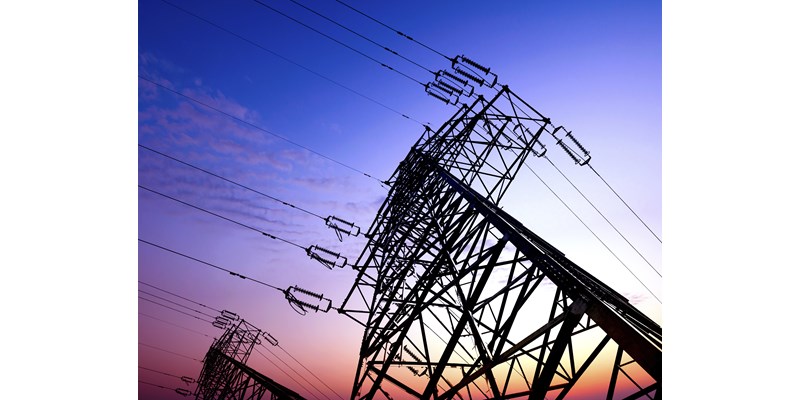Discuss your challenges with our solutions experts
The challenge: assessing the vulnerability of the grid
Grid reliability is becoming increasingly important as evolving portfolios see renewables replace traditional thermal resources. Despite the rising significance of natural gas, gas-fired generation is facing increasing scrutiny and opposition from politicians and state governments. The Western Electricity Coordinating Council (WECC), the regional entity responsible for compliance monitoring and enforcement, commissioned Wood Mackenzie to explore how the electric generation market would develop over the next decade. In addition to this, Wood Mackenzie was tasked with identifying potential vulnerabilities facing the gas-electric system, making suggestions to mitigate disruption impacts and recommending improvements to the gas-electric protocols in the region. The study highlighted several billion dollars worth of economic impact in the region, and Wood Mackenzie was able to provide a series of recommendations to mitigate these impacts.
Our approach: an evolving game plan
Our study had three main objectives:
1) Identify the most prevalent and highest probability disruption scenarios, as well as high-risk regions
2) Quantify the system's ability to handle and mitigate these disruptions and the potential economic impact stemming from these events
3) Provide high-level recommendations for WECC and its stakeholders to improve gas-electric reliability in the region.
Due to the complexity of the project, we adopted a flexible approach so the team could incorporate results and findings as the project progressed. This also enabled us to focus on the most relevant regions, vulnerabilities and mitigation options. We also decided to bring in the capabilities of Energy + Environmental Economics (E3) and Argonne National Laboratory, leaders in their respective fields of power grid modelling and disruption scenario modelling.
We initially conducted an assessment of the gas-electric interface reliability in a specific area before extending our analysis across the entire Western Interconnection. We then modelled potential disruption scenarios on both gas and electric infrastructure and their ultimate impact on the power grid. By leveraging our deep knowledge of the gas market and power grid then combining those with a detailed analysis of the existing contracting practices and industry operations, we were able to conduct thorough modelling of ten disruption scenarios, including infrastructure outages and natural disasters. Having quantified the total outage impact, the team was then able to provide an estimated risked economic impact stemming from the results of these disruptions.
The results: risks and recommendations
Wood Mackenzie was able to identify risks faced by the gas-electric interface in both the near and long-term future, and also provided recommendations around a balanced portfolio of mitigation options.
In particular, the study identified significant risks for the electric grid in Southern California and Arizona to the order of several billion dollars worth of economic impact. The outcome was a series of suggested recommendations to mitigate these impacts.
Firstly, improving coordination of gas and electric industries' operating practices, was identified as being critical for maximising compensation capability and ability to respond to both business-as-usual and sustained disruption scenarios.
distinct areas were identified for potential change
Recommendations
1. Improved regional coordination and implementation of contingency planning exercises
2. Greater transparency in resource adequacy assessments
3. Re-evaluation of existing curtailment priorities
4. Revisiting of existing forecasting and execution practices
5. Further modification to the gas-electric day to minimise mismatch
Maintenance and investment in natural gas infrastructure, including supply, delivery, storage and generation was also identified as a key recommendation for implementation.
Pursuing a balanced portfolio of alternative mitigation strategies including investments in renewable generation and energy storage, demand response programs and dual-fuel generation capability.
And finally, securing buy-in at all levels of industry and government in order to garner the support necessary to move these changes forward was highlighted as being essential to the future reliability of power in the region.
We presented the study to utilities and electric councils leaders as well as several key agencies in charge of regulating electric system reliability in the United States. The study was also made available to the public.
While the risks have been identified, the project continues for WECC as they engage with other stakeholders in the area to effectively improve existing protocols and procedures and prepare the gas-electric interface for the future.
Get in touch
If you would like to set up an exploratory discussion about the current challenges in your region, please get in touch.

Bob Kubis, Director, Americas Gas and LNG Consulting






